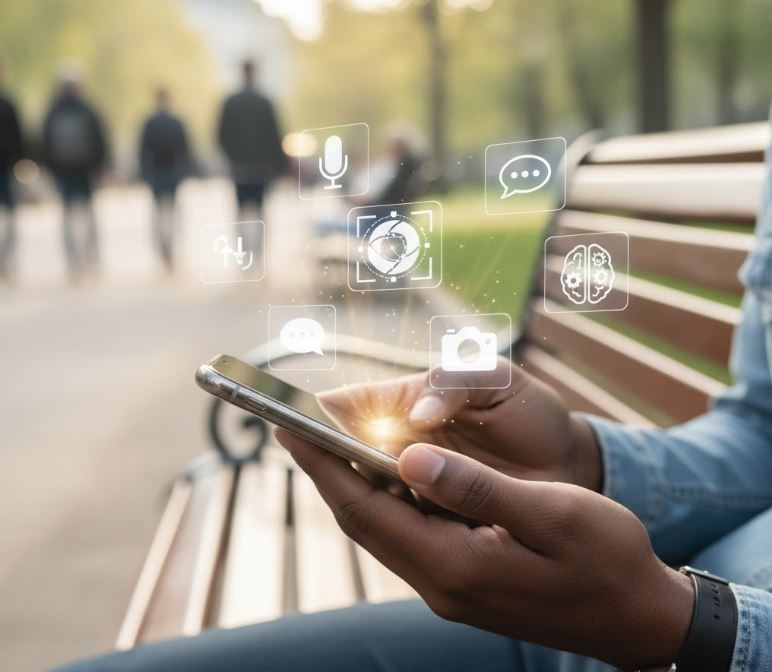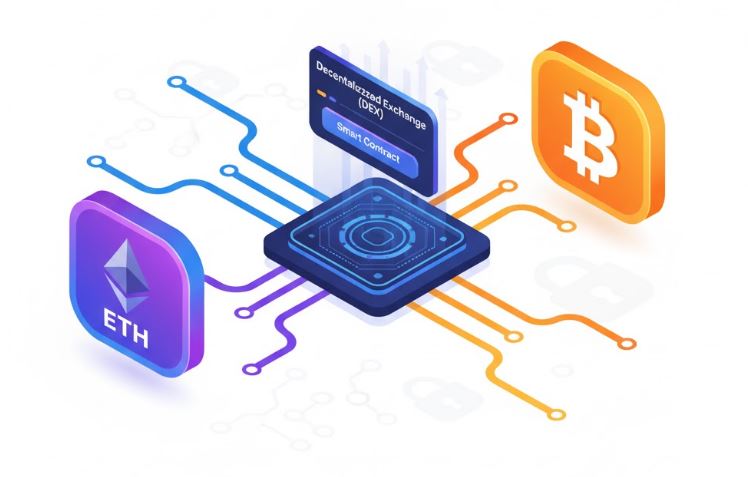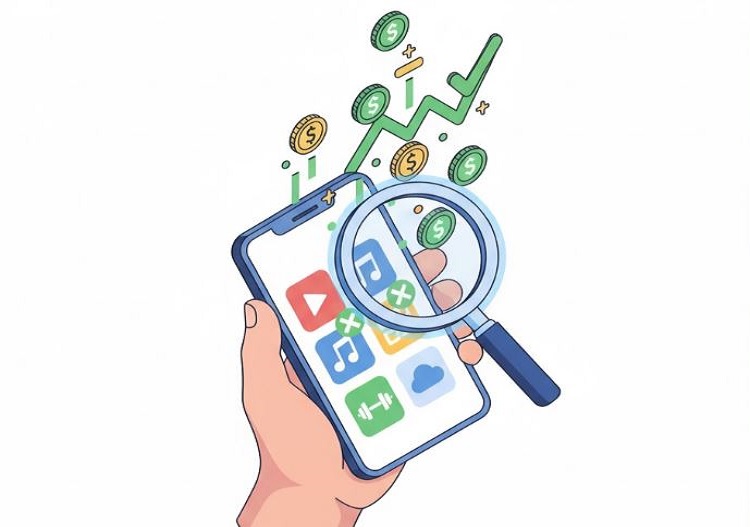A few years ago, “artificial intelligence” sounded like something from a sci-fi movie. Now, it’s sitting in your pocket , literally.
The truth is, you don’t need a fancy robot or a degree in computer science to use AI. If you own a smartphone, you’re already using it every single day , even if you don’t realize it.
When you unlock your phone with your face? That’s AI.
When your camera automatically blurs the background or enhances lighting? AI again.
When your keyboard predicts your next word, or your voice assistant sets a reminder before you even finish your sentence , yep, AI’s quietly doing its thing.
But that’s just the beginning. Over the past year, AI-powered apps have exploded, and they’re doing everything from editing videos to writing emails to creating art. Tools like ChatGPT, Gemini, or Copilot can draft messages, summarize articles, or even brainstorm ideas while you’re on the bus. AI photo editors can remove backgrounds, fix lighting, or generate an entire image from a short prompt. Even note-taking apps like Notion AI or Mem now act like digital thought partners, organizing your brain for you.
What’s wild is how seamlessly it’s all blending in. You don’t have to go “use AI” , it’s just built into the apps you already rely on. Your maps predict the best route based on traffic patterns. Your email app sorts spam with near-perfect accuracy. Your streaming service somehow knows exactly which show you’ll binge next. That’s machine learning quietly shaping your digital world.
The trick now isn’t finding AI tools , it’s figuring out how to use them intentionally. AI can make your day smoother, but it can also make you passive if you let it decide everything. The real magic happens when you use it as an assistant, not a replacement. Let it handle the repetitive stuff so you can focus on what actually matters , creativity, connection, or just taking a breath.
In a way, AI isn’t futuristic anymore. It’s personal. It’s the friend who remembers your schedule, fixes your selfies, and helps you write that tricky email. It’s woven into the little moments of daily life.
And that’s the part people often miss , the future of AI isn’t coming. It’s already here, and it fits in the palm of your hand.







